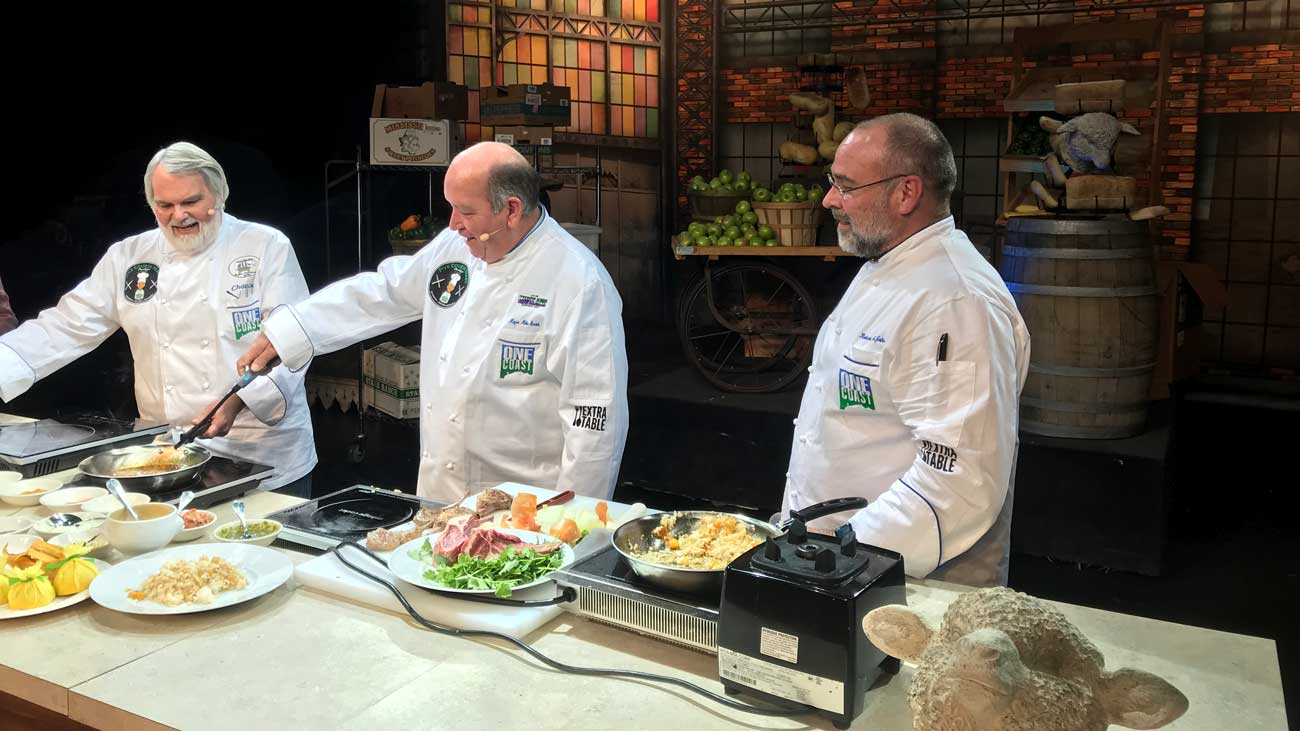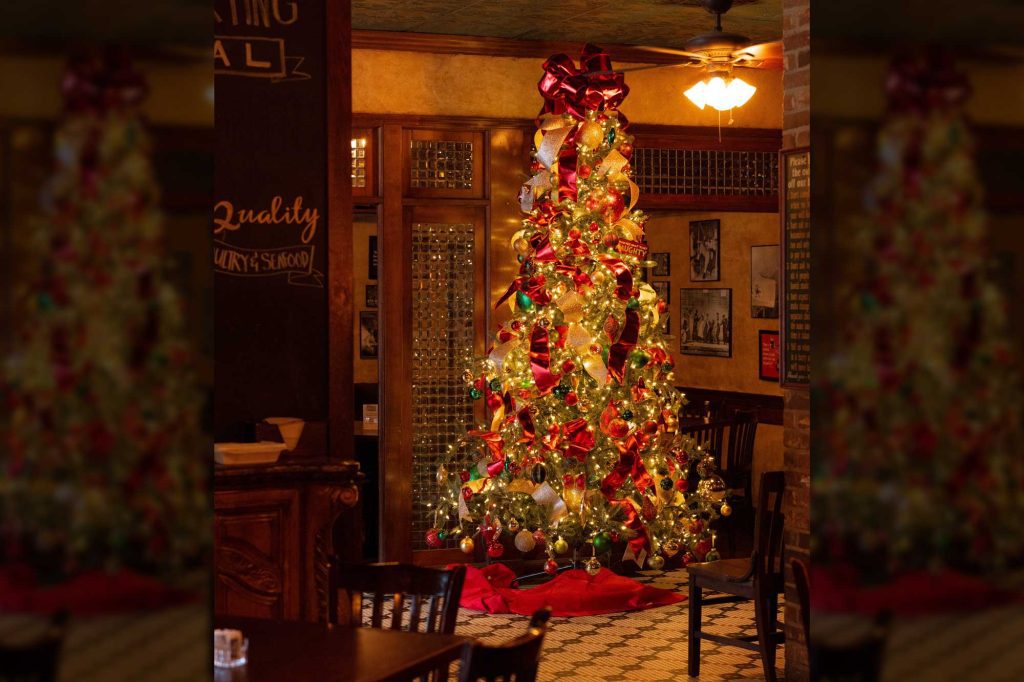Over the course of my 30 years in the restaurant business, I have seen many trends come and go.
In the early 1980s, I remember reading a trade magazine article about how computers were going to play a major role in the restaurant business. At the time, I was working as a server in a restaurant where we were still sending our orders back to the kitchen on written tickets and computers were as large and slow as… well, pick your own simile and insert something large and slow here.
I was skeptical about the upcoming impact of computers. I was wrong. In the 21st century restaurant business, we are so reliant on computers that the internal restaurant machine almost shuts down if a point-of-sale system fails during a lunch shift.
When computers started breaking into the food business, quiche had just finished a three-year run as a cutting edge food trend— replacing fondue, which had made its second comeback in the early 1970s.
The diet trends that were most popular when I first started working in restaurants were salads— any kind of salad it didn’t matter. As long as the menu item had the word “salad” in it, it was considered, by most, to be healthy. Forget that it was loaded with cheese, or that the salad had Thousand Island dressing dumped all over it, it was called “salad” therefore it had to be healthy. Pasta salad, chicken salad, tuna salad— it didn’t matter how much mayonnaise was in the mix— “salad” was in the name.
The country moved into a “fat free” phase after that. Things were called “lite” before the government started defining the term. During the fat-free craze, people wanted items that had absolutely no fat. Unfortunately they traded fat-free items for foodstuffs with extra sugar, which then opened the door for Sugar Busters and its cousins. Sugar Busters gave way to Atkins, which was easier for restaurants to pull off because most of us are heavy on the protein side of the equation.
Atkins was so big seven years ago that one of our restaurants developed an entire special menu for Atkins dieters. It was wildly popular at first, before people started graduating to the South Beach Diet and the like.
I’m not sure what the cause célèbre of the diet world is today, but at our restaurants, we stopped following fads and just started cooking real, honest food, made simply with real ingredients. Over a year ago, we added more healthfully cooked vegetables and we’re growing some of our own food, and finding local growers and suppliers for even more.
“Gluten-free” is a big request these days. Most of those requests are from people with serious allergies though some are holdovers from the low-carb craze. Peanut and shellfish allergies are serious, too, and those requests must be taken very seriously.
Actually, we take all special requests seriously, but I can remember back in my server days, some customers would use the “allergic” request, just to make sure that an ingredient wasn’t added to a dish. Over the years, I served people who may, or may not, have been allergic to pepper, garlic, onions, salt, and ice. I am sure that some people are allergic to a few of those things— ice, maybe not— but you could usually tell when it was legitimate, and when it was not.
In the end, I guess I have learned not to be swallowed up by the trends of the day, and just be true to our customers, our concept, and the food world in general. By the way, I am writing this on a computer that is as small as, well, keep the trend going and pick your own simile here, too.
Crescent City Grill 1000 Island Dressing
2 cups Mayonnaise
1 /2 cup Chili Sauce
2 Tbl Bell Pepper, small dice
1 Tbl Onion, minced
3 Tbl Sweet Pickle Relish
pinch Salt
1 1 /2 Boiled Eggs, chopped
Combine all ingredients thoroughly



